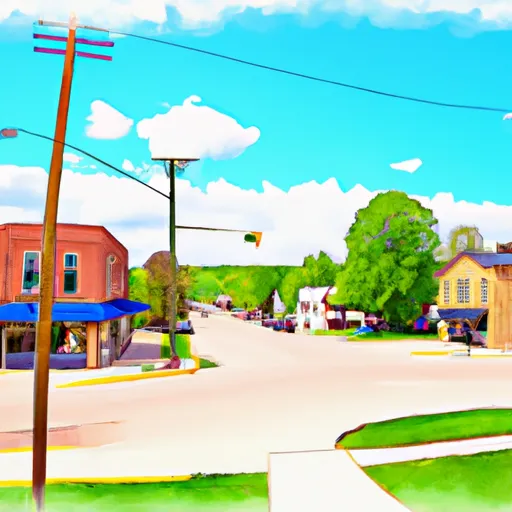°F
°F
mph
Windspeed
%
Humidity











Barnes is a town in Wisconsin that experiences a humid continental climate with warm summers and cold winters. The town is surrounded by numerous lakes and streams, making it a popular destination for fishing and boating enthusiasts. The hydrology constituents of the area include the Eau Claire River and numerous smaller streams that flow into the lakes. Outdoor recreation opportunities include hiking, biking, and ATV trails in the nearby Chequamegon-Nicolet National Forest. Visitors can also enjoy swimming, kayaking, and canoeing on the area's many lakes and rivers. Additionally, snowmobiling and cross-country skiing are popular winter activities in Barnes.
Weather Forecast
Barnes receives approximately 793mm of rain per year, with humidity levels near 82% and air temperatures averaging around 5°C. Barnes has a plant hardyness factor of 3, meaning plants and agriculture in this region thrive during a short period during spring and early summer. Most plants will die off during the colder winter months.
Regional Streamflow Levels
2,670
Cubic Feet Per Second
1,110
Cubic Feet Per Second
2
Cubic Feet Per Second
64
Cubic Feet Per Second
Nearby Camping
| Camping Area | Reservations | Toilets | Showers |
|---|---|---|---|
| Mark Twain State Park | |||
| Frank Russell | |||
| Shimek State Forest | |||
| Battle of Athens State Park | |||
| Canton City River Park | |||
| Wakonda State Park |



